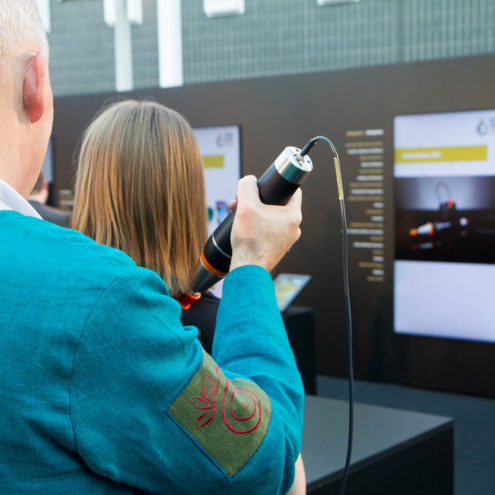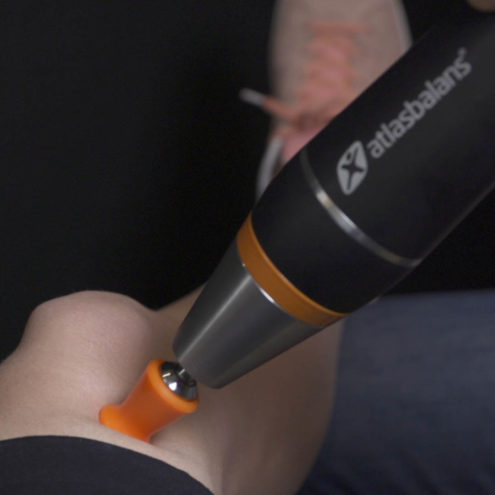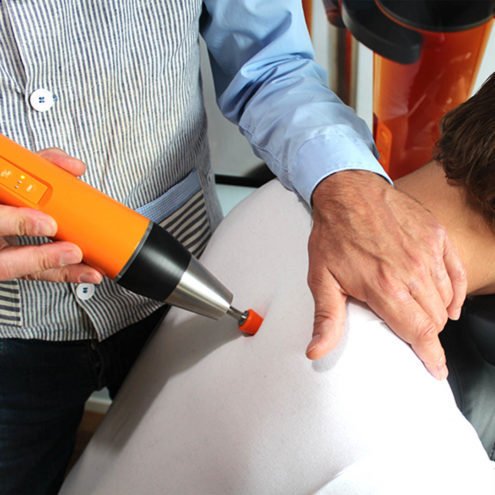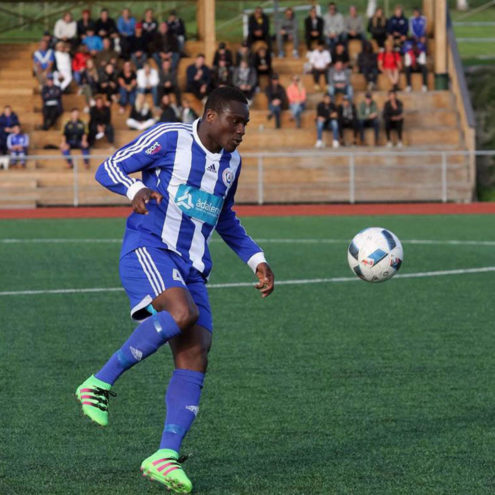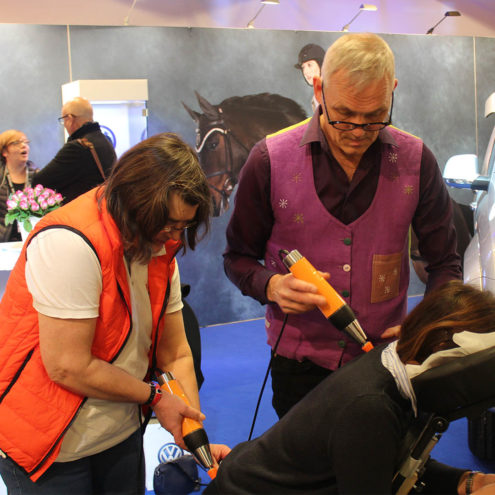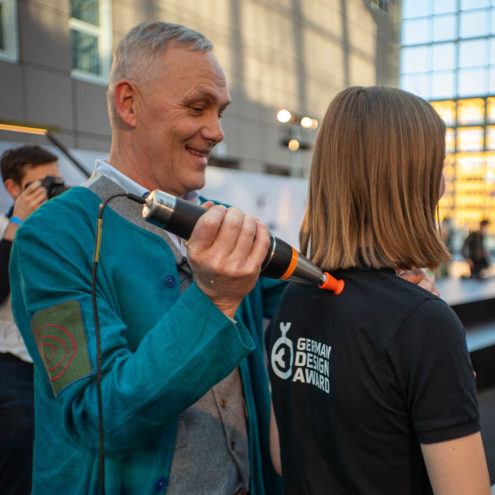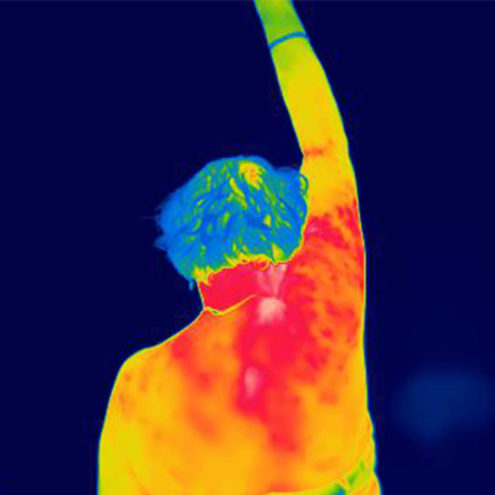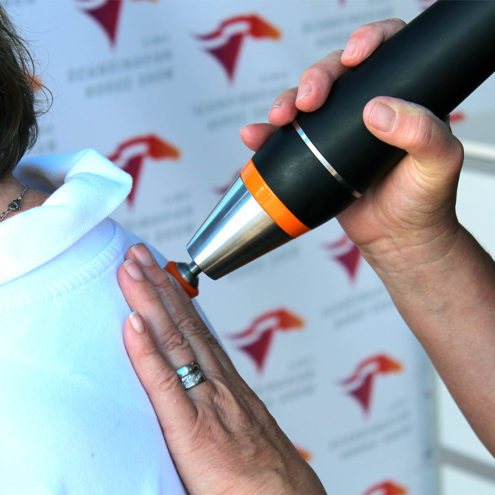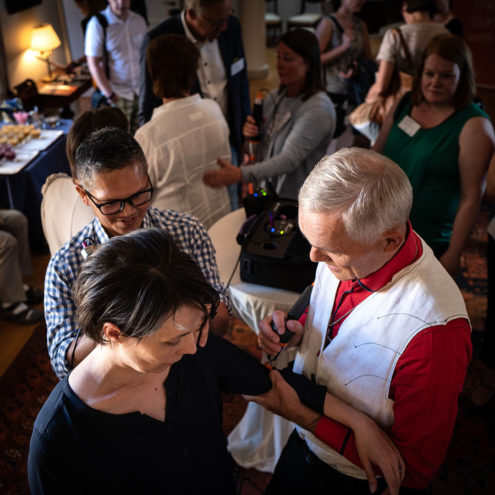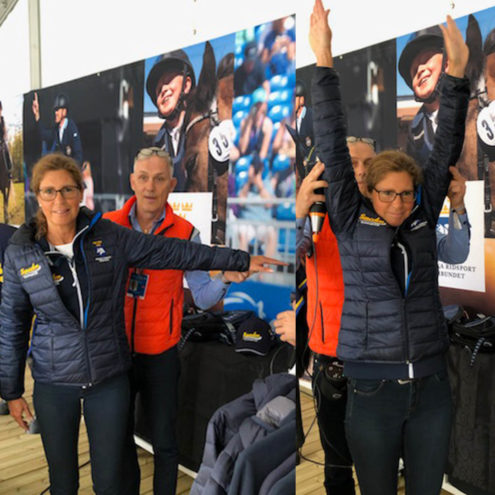Tape Heel Spurs – A Guide to Effective Relief
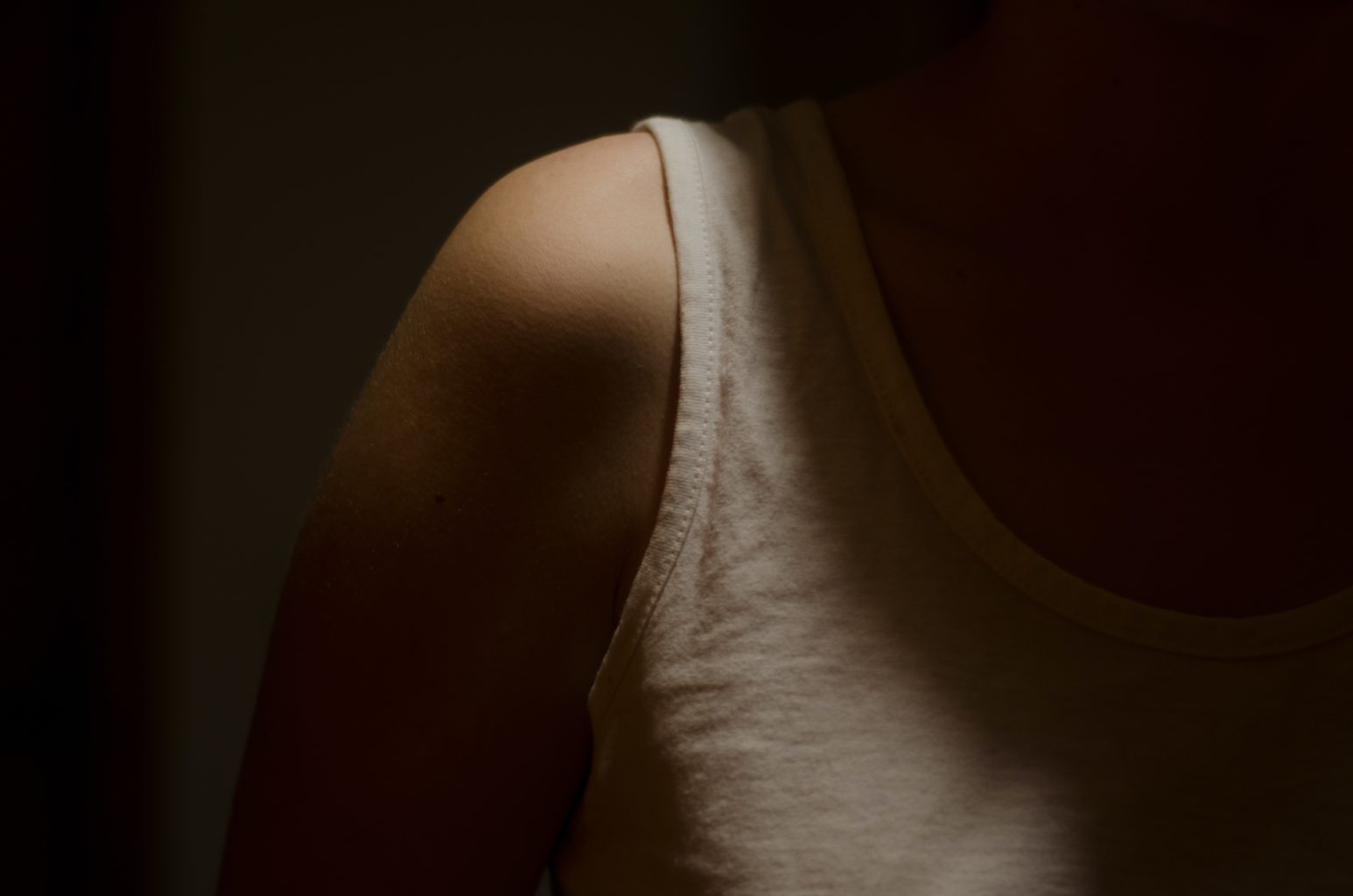
Heel spurs are a painful condition that can affect your mobility and quality of life. One method that can provide relief is taping. This guide will explore the role of taping in managing heel spurs and offer you a step-by-step guide to proper technique.
The role of taping in the treatment of heel spurs
Why tape heel spurs?
Taping for heel spurs can be an effective treatment method with several benefits. It can relieve pain, reduce inflammation and promote healing. Here are some of the main benefits of taping:
Pain relief: The tape can provide immediate pain relief by reducing pressure on the pain receptors in the plantar fascia, thereby reducing discomfort
Support and relief: The tape provides support and relief to the affected area, reducing the risk of further injury.
Promoting healing: Taping can help improve blood circulation in the affected area and promote the healing of damaged tissue.
How taping works
Taping works by offering relief and stabilization of the affected area. By applying tape in a specific way, you can reduce the mobility of the foot, thereby reducing the load on the plantar fascia. This promotes healing and reduces the risk of worsening the pain.
Read more about: Self-care for heel spurs
Preparation before taping
Before you start taping your heel spur, it is important to prepare the area properly. Here are some steps to follow:
Clean the skin: Wash the affected area thoroughly and make sure it is clean and dry. This will help the tape adhere better and reduce the risk of skin irritation.
Cut the tape: Cut off the necessary amount of tape using scissors. It is important to use enough tape to cover the entire affected area.
Choice of tape: Use a medical tape that is designed for use on the skin. This will reduce the risk of allergic reactions or irritation.
Technique for taping heel spurs
The following is a step-by-step description of how to properly tape your heel spur:
Make sure to use a good tape. Kinesiology tape or sports tape is preferable as it gently lifts the skin to increase blood circulation and reduce swelling. The purpose of taping is to relieve the plantar fascia. It is important that the pieces of tape have a “pull” in them when you use them.
Keep your foot in a neutral position. Start by making an anchor out of the first piece of tape to which the rest of the tape is attached. Start by placing the tape on the big toe joint, round the heel and attach to the small toe joint.
Take the next piece of tape on the back heel and place it along the plantar fascia under the foot.
Step by step instructions:
Lie down on one side.
Place a pillow between your arms, so that they are comfortably supported.
Take one piece of tape and place transversely and heel and foot. Take another piece of tape transversely and place it so that it overlaps about 50% of the first transverse piece of tape. Tape all the way up.
Take a final piece of tape and secure the ends of the anchor so that they do not come loose.
Stand on your foot so that it is loaded. Take a piece of tape, but don’t pull it, and attach it across the top of your foot.
It is important to tape in moderation and not too tightly to avoid causing discomfort or restricting blood circulation.
Tips for best results
How long to keep the tape on
It is important to replace the tape regularly to ensure its effectiveness. For best results, you should replace the tape every two to three days, or more often if it gets dirty or loses its adhesion.
Activities to avoid when wearing tape
While taping can offer support and relief, it is important to avoid activities that may aggravate the heel spur or reduce the effectiveness of the tape. Avoid overloading the foot by avoiding high impact activities such as running or jumping.
Other treatment methods for heel spurs
In addition to taping, there are several other treatment methods that can be effective in relieving heel spurs. These include stretching, orthopedic shoes and the use of specialized insoles. It is important to discuss these options with your healthcare provider to find the most appropriate treatment plan for your situation.
The FasciaClinics’ approach to heel spurs
At the FasciaClinics, the foot and the fascia of the foot are relieved to reduce the pressure that arises when the fascia becomes overloaded and seals. A postural analysis is done and the first priority of the treatment is to regain a well-balanced posture so that ankles, knees, hips are loaded evenly as far as possible if that is the cause of plantar fasciitis. The therapist will help analyze the causes of the problems and possible solutions. Our goal is to help you regain your mobility and reduce pain.
Treatment instead of taping
If you are looking for professional advice and support for the treatment of heel spurs, don’t hesitate to contact the FasciaClinics. We are here to offer our expertise to help you on the road to relief and recovery from heel spurs. Take the first step towards a pain-free future by contacting us today.
 Search
Search

